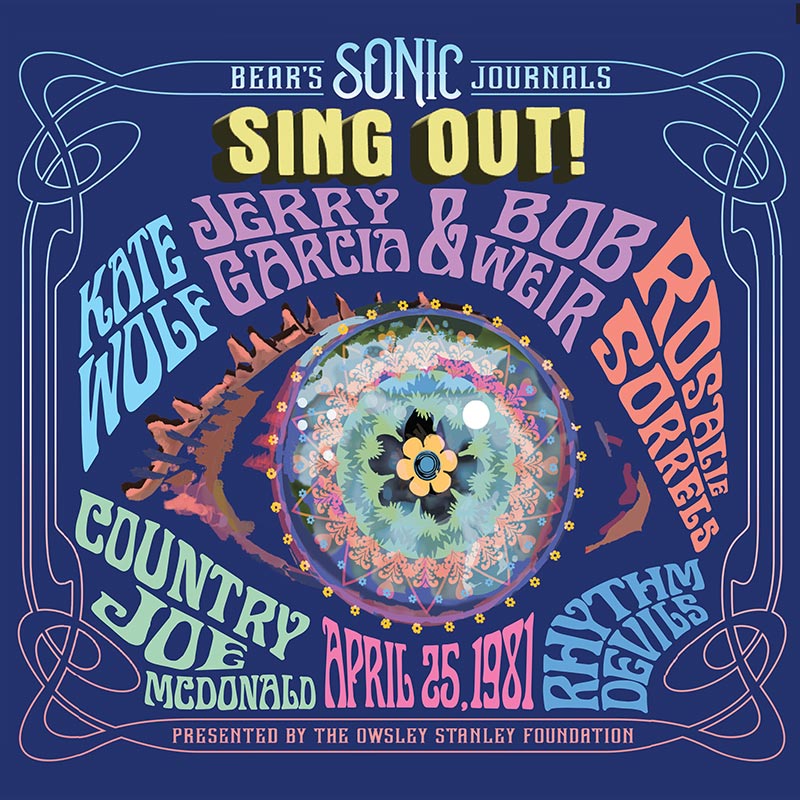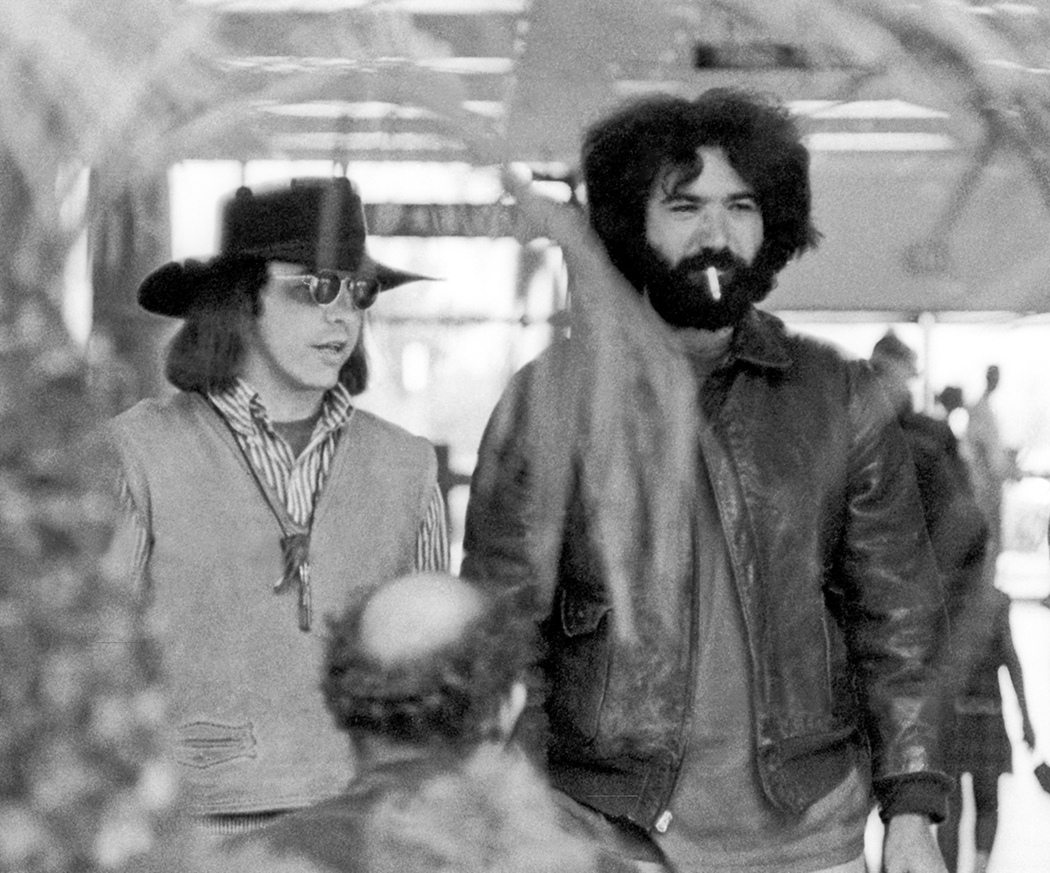
Photo © Rosie McGee
Who Was Owsley Stanley?
Owsley Stanley, known as Bear to his friends, was a diversely talented, iconic figure of the 1960s.
While perhaps most widely known as the “Acid King” for his early role manufacturing the highest quality LSD to help fuel the psychedelic revolution of the 1960s, he was a self-educated innovator, scientist, artist, and patron of the arts with wide-ranging interests. As such, he had a profound and well-documented influence on other artists, musicians, and sound engineers, among others. (His personal website is maintained at thebear.org)
Owsley essentially recorded every artist that ever played through a sound system that he built.
His catalog is prolific – both in the quantity of recordings and the stature of the artists. These historic recordings comprise what he called “Bear’s Sonic Journals.”
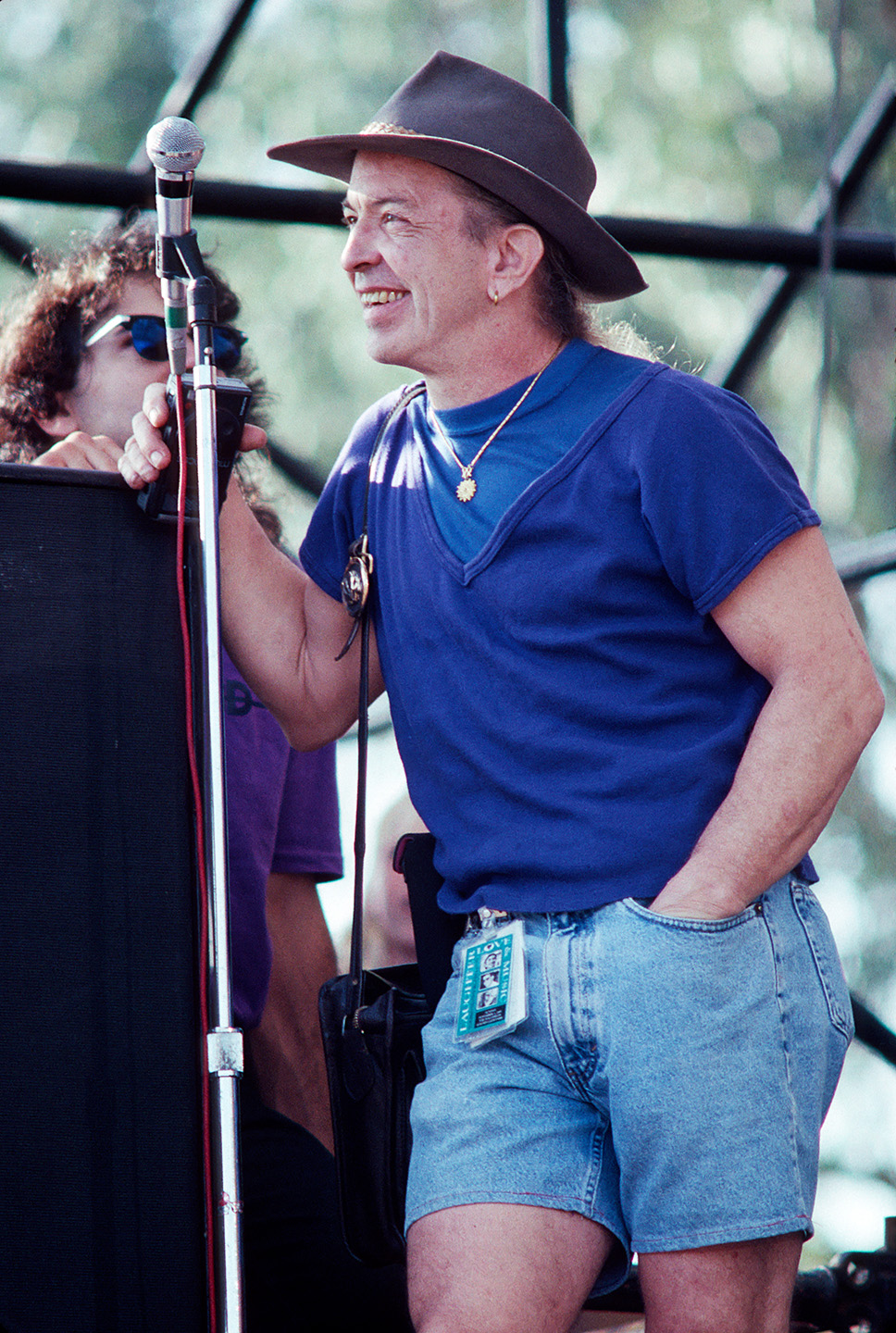
Owsley Stanley’s Unique Recording Techniques
In the creation of his live mixes, or “sonic journals,” Owsley Stanley was unique in his approach to live audio recording. Originally, these sonic journals allowed for a band to critique their performances and for Owsley to refine his recording techniques. Over time, these recordings have become a standard for excellent live stereo recordings.
Owsley used a simple and clean approach, one based on solid scientific principal. He never used equalization (electronic tone control) on individual microphones or on the PA output to correct a poor sound, feeling that such manipulations improperly altered the sound created by the musicians. Instead, if the sound in the hall wasn’t just “right,” he repositioned the microphone or replaced it with a different type of mic until the sound met his standard. As a result, his live sounds were clean, clear, and pure-not electronically corrected. He viewed his role as precisely facilitating the transmission of the music to the audience without altering or manipulating the sound —his goal was to give the musicians complete control over what the audience heard.
Because of the loud volumes intrinsic to a typical rock ’n’ roll stage, microphones pick up much more sound than the engineer may intend, a phenomenon know as “leakage”. For example, a microphone positioned to pick up a snare drum may also pick up a loud guitar amp near it. To help eliminate this effect, engineers typically employ a technique known as “close miking,” where microphones are placed very near to each individual instrument. The end result can be sterile and result in phase shifts, or sound cancellations. Owsley took another approach. While he occasionally used close miking, he also employed something he called “constructive leakage.” By using a minimal number of microphones (he generally used twelve or fewer microphones) and positioning them appropriately, he was able to make use of the leakage in a positive way. This constructive leakage helped create a cleaner and more transparent sound with minimal phase shift problems-a technique particularly useful when recording the very complex instrument of a drum set. Instead of assigning each individual drum to its own microphone, he was able to reproduce a powerful and clear drum sound using only two mics positioned very specifically.
The final stage of signal flow before the tape recorder was the mixer. The twelve microphones needed to be summed to a two-track (stereo) L-R image. Owsley used a very sonically pure mixer, usually several Ampex MX-10s. Simple in design and high in quality, the MX-10 allowed multiple microphones to create a coherent stereo output. The mixer had no pan pots, which degrade the signal, and a microphone was assigned left, center, or right-and here too, none of the mics were equalized; all sounds were pure. The end result was a “picture” of the stage, with the positioning of the instruments spread across the stereo field just as they were heard from the audience’s perspective.
Through the use of high quality equipment, an expert knowledge of acoustics and electronics, and a fine ear for music, Owsley Stanley’s sonic journals captured the essence of live music. To this day, his techniques exemplify the best live to two-track recording.
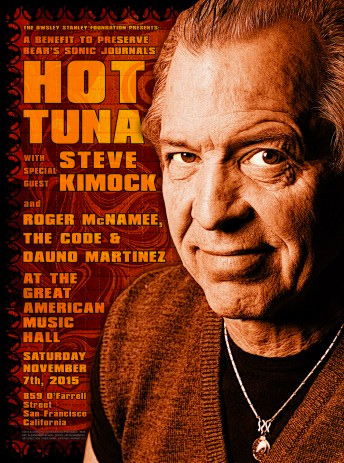
The Sonic Journals
The Sonic Journals capture vital, unique, and invaluable auditory snapshots from one of the most fertile, influential, and explosively transformative epochs in American musical and cultural history. Not only are these high-quality soundboard recordings the only source of many of these historic live concert performances of now well-known and revered artists, but they also document the development of the innovative approaches to live sound recording pioneered by Owsley Stanley. As such, the Foundation believes that Owsley Stanley’s Sonic Journals are important cultural and historical assets to be preserved for the public benefit, to be appreciated by generations of musicians, fans, historians, ethnomusicologists, sound engineers, and others.
Save the Tapes!
The tapes are approaching the end of their known shelf-life, and if the recordings are not digitally preserved, they will be lost forever. Experts believe that the typical lifespan of this media is approximately fifty years if maintained in ideal conditions and have advised the Foundation that the digitization of the earliest of these recordings should occur within the next five years or they will not be salvageable; all of them will continue to degrade and will become unsalvageable unless eventually digitized. The cost of digitally preserving these recordings is estimated to be US $200,000 to US $300,000 and will require two to four years of studio time by sound engineering professionals to complete.
Save The Music
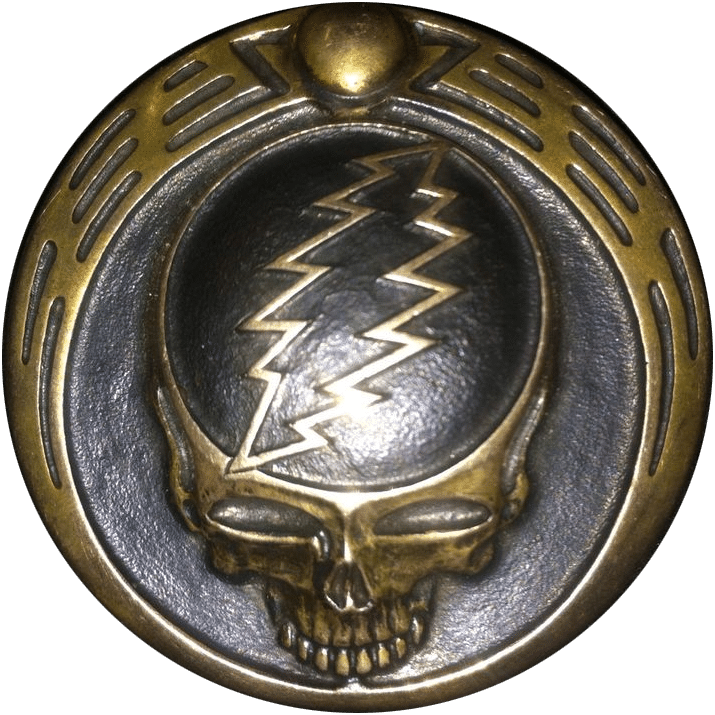
The "Save The Music!" campaign seeks to raise money to enable the digitization, preservation, and release of Bear's Sonic Journals, a trove of over a thousand live concert recordings from the heart of the psychedelic era. Donations are much appreciated, and are in fact essential to our ability to preserve and release future recordings!
You can donate via our secure form, or send checks made out to the Owsley Stanley Foundation to: Owsley Stanley Foundation PO Box 625 Occidental, Ca 95465. We were officially granted 501(c)(3) nonprofit status by the IRS in December 2012. All donations to the Owsley Stanley Foundation are fully tax deductible.
Contact
Reach out if you have questions, or to see how you can support the Owsley Stanley Foundation.

